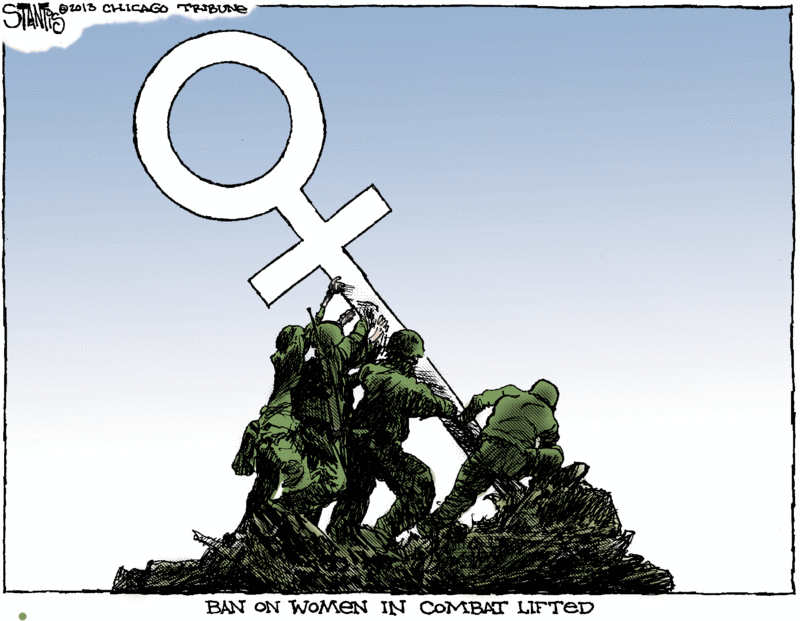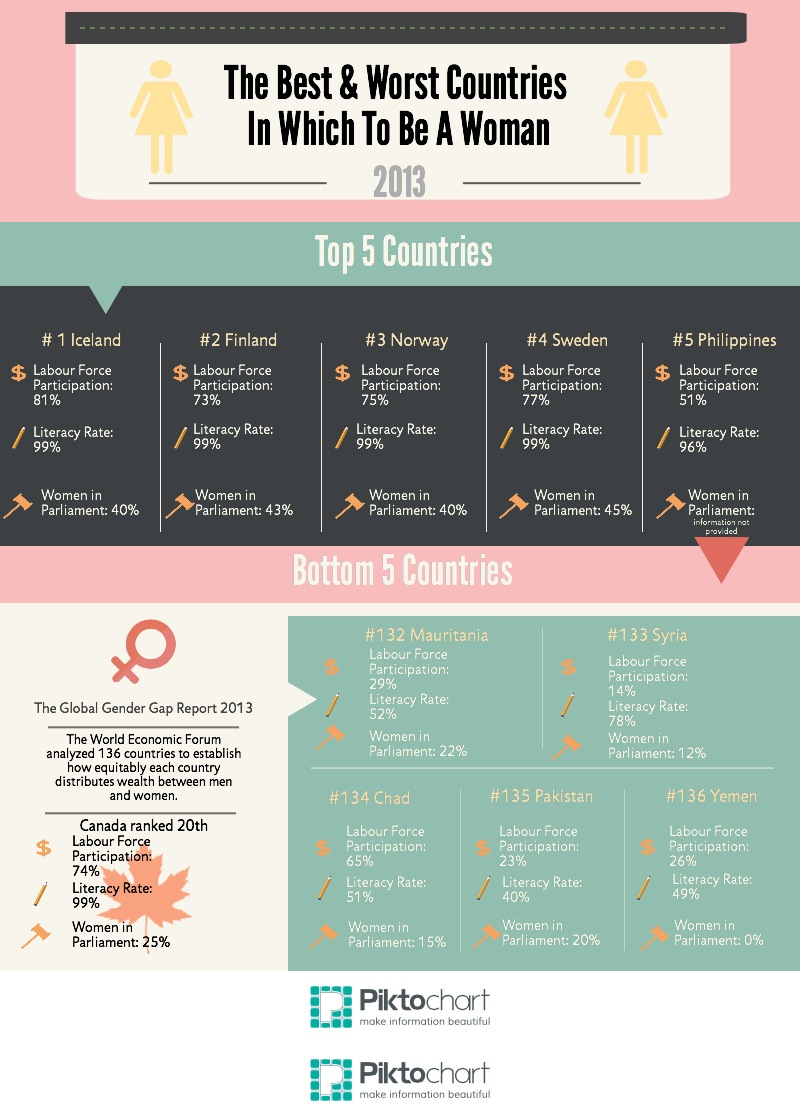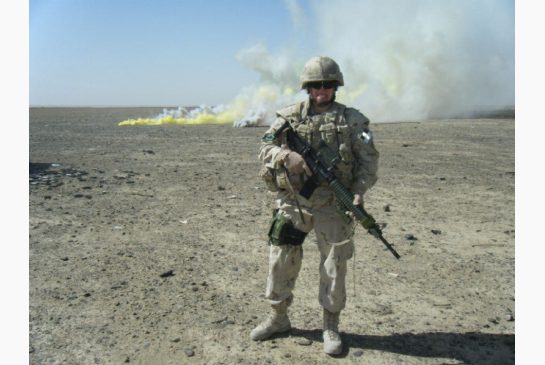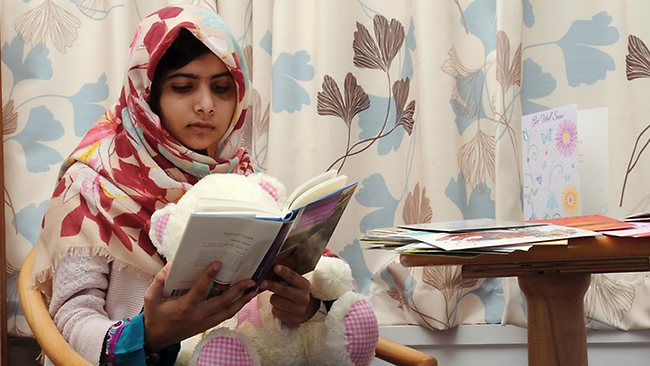Norway made history on June 14, 2013 when its Parliament voted to extend mandatory conscription to women. This policy shift makes it the first NATO member and the first European country to institute a gender-neutral military draft. Norway’s draft procedure is such that although young people can be conscripted in theory, the armed forces are highly selective in choosing conscripts; the draft functions more like an advanced recruitment and screening tool instead of forced conscription. Labour Party member Laila Gustavsen explains that “in practice, the armed forces recruit the most motivated young people.” Her support for the gender-neutral draft is based on her conviction that “rights and duties should be the same for all” and that the draft should seek the best resources, regardless of gender.
The decision appears to be motivated largely by a desire to increase the gender balance in the military. Norway has long considered itself to be a leader in gender equality issues, as evidenced by its enforced quotas for female representation on corporate boards and its high number of female politicians. Its conscription policy is another area in which the government is taking affirmative action on gender equality.The Norwegian military is a small, technologically advanced force. Women participate in combat roles and the country has a contingent in Afghanistan. Approximately 24,000 citizens serve in the military and women constitute roughly 10 percent of that number. A goal of women’s inclusion in the draft is to increase the number of female troops to 20 percent by 2020.
[captionpix align=”right” theme=”elegant” width=”300″ imgsrc=”http://www.regjeringen.no/imgpreviews/00/00/03/50/35072_img___1371221122.jpg” captiontext=”Norwegian Minister of Defence Anne-Grete Stroem-Erichsen marks conscription for both men and women at the Norwegian Parliament (Linne Tresselt)”]
Conscription itself is highly controversial and most countries within NATO have abolished the practice. Only Denmark, Estonia, Germany, Greece, Norway, and Turkey still require military service of its young men, and in some cases – notably Denmark – service is only mandatory for 4 months. The Canadian government’s use of military conscription in both World War I and II resulted in severe social and political crises that divided the nation. Though the United States discontinued their draft in 1973, it maintains a Selective Service System which requires all young men between the ages of 18 and 25 to register. In the event of a crisis which needs more troops than the military can supply, the United States Congress would pass legislation that would initiate a lottery system to draft those registered in the Selective Service System.
The issue of women and conscription has emerged as part of a broader draft debate in the United States due to the government’s decision to extend combat roles to women in the military. The decision by Norway to adopt a gender-neutral draft adds an interesting dimension to the conversation as it breaks away from the NATO tradition of male-only drafts. At present, very few countries draft women into the armed forces. The exclusion of women from conscription echoes many of the same sentiments that have precluded them from serving at the front lines. Some worry about men’s emotional reactions to seeing female colleagues in harm’s way while others cite the prevalence of sexual assault in the military as a reason why women should be kept away from the front lines.
Many express that women are less physically capable than men and their participation in combat roles will weaken the forces. Such concerns are overstated, however, as the US military has confirmed that it will not lower job requirements for women. Women can successfully fulfill combat roles as demonstrated by the women who serve in many NATO militaries, including the Canadian Forces. The ban on women in combat was lifted in Canada in 1989 following a human rights tribunal ruling. Since then women have served on the front lines as part of the International Security Assistance Force (ISAF) in Afghanistan and Canadian military officers have expressed that women were as effective as men in combat roles. The integration of troops has been relatively smooth and Canadian women in Afghanistan have commanded Canadian, American, and Afghan troops during the NATO mission. As with the United States, Canada did not lower standards when the ban on women in combat was lifted. As Lt. Col. Shirley Robinson explained, “We put appropriate standards on every job in the armed forces. It had nothing to do with gender. A lot of men can’t meet the standards either.”
Despite concerns about integrating women into combat positions, a recent poll by Florida-based news website Capital Soup and Mason-Dixon Polling and Research found that 59 percent of Americans support female conscription. Legal experts and military historians in the United States have also suggested that the decision to lift the ban on women in combat necessitates a revisiting of the Selective Service System’s current regulation that does not require women to register.
This would not be the first time the US has considered the role of women in a possible (though improbable) future draft. In 1981, the Supreme Court ruled that requiring only men to register did not violate the Constitution. At President Clinton’s request, the issue was reviewed in 1994 and it was determined that because women were excluded from front line positions the draft process remained justifiable. With this exclusion now being lifted it seems logical that this decision be reversed. During his time as Secretary of Defense, Leon Panetta stated that females may be included in the Selective Service System – though he expressed no concrete plans to do so. The Selective Service states that given the mission and the additional funding required, it is capable of including women in the draft process.
Women’s participation in both combat and conscription is deeply symbolic of their status as full citizens. As Rachel Natelson, the legal director of the Service Women’s Action Network, explains, “registration for military service constitutes a potent symbol of the duties of full civic participation for women and an emblem of their equal status under the law”. It also underscores a key aspect of gender equality which is the understanding that women and men must share rights and responsibilities. Norway’s inclusion of women in mandatory conscription is – regardless of one’s opinion of conscription itself – a more scrupulous application of their policy. As perspectives of women’s roles in combat evolve, so too should perspectives on their participation in military conscription. The Americans will continue to debate the issue. The Norwegians have made their decision.




